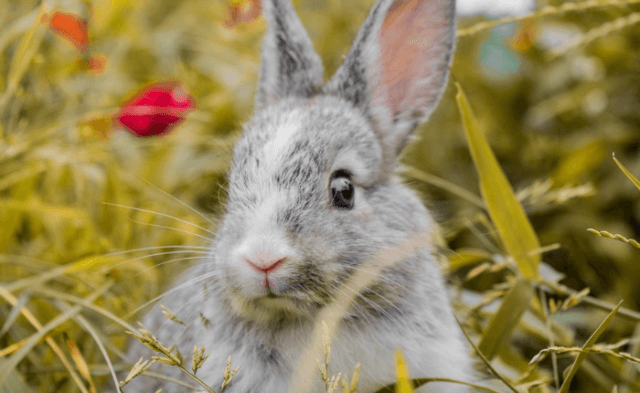In the era of COVID-19, “shortage” is becoming a familiar word. But unlike the absence of toilet paper, cleaning supplies and flour, the fireworks shortage could prove beneficial.
In its most recent Fireworks Annual Report, the Consumer Products Safety Commission estimated that in 2019, U.S. hospital emergency rooms treated 10,000 patients for fireworks-related injuries. The agency received reports of at least 12 fireworks-related deaths but points out that the actual number is likely higher.
In addition, the National Fire Protection Association found that pyrotechnics start an average of almost 20,000 fires every year, causing more than $100 million in property damage. And insurance often won’t pick up the tab. Sadly, these explosives also cause thousands of wildfires every year with devastating consequences for forests and the animals in them. And with current drought conditions in many parts of the country, wildfires this year could be especially destructive.
Fires aren’t the only threat posed to wildlife by pyrotechnics. In areas where fireworks have been set off, surfaces and groundwater frequently become contaminated with perchlorate—a carcinogen common in explosives. Animals can also ingest or be injured by the unexploded shells, pieces of plastic and other debris left behind.
And during loud displays, startled deer and other animals frequently run into roadways and birds flee their nests. After one fireworks show in Arkansas, the bodies of about 5,000 red-winged blackbirds began raining down from the sky. The birds had panicked and taken flight but, because of their poor night vision, had crashed into houses, signs, and other obstacles, causing blunt-force trauma and death.
On New Year’s Eve last year, people set off fireworks in Rome, Italy, despite the city’s ban, resulting in hundreds of dead birds covering the city streets. The International Organization for Animal Protection surmised that in addition to dying in collisions, another cause of death was heart attacks brought on by fear. Other birds have died after choking on the thick plumes of chemical-laden smoke.
Bombs bursting in air can be upsetting to veterans, small children and anyone else with a sensitivity to loud sounds—but they are often deadly to dogs and cats, whose hearing is more sensitive than ours. Animal shelters have found that following New Year’s Eve and the Fourth of July, they receive record numbers of reports from guardians whose animals have jumped fences, torn through screen doors or leapt through windows in an attempt to escape the noise. Many never make it back home. The problem has become so pervasive that last July, animal rescue organizations in Los Angeles set up microchip-scanning stations throughout the city to which residents could take wandering animals in hopes of reuniting them with their families.
But there is an easy solution. And we don’t have to give up our celebrations—or even drastically alter them. This year’s scarcity of fireworks and skyrocketing prices present the perfect opportunity for cities to try out cool laser light shows, which are safer, more eco-friendly and more humane. They’re also more economical, as municipalities can use the same lights year after year to create different dazzling displays. Lasers can mimic traditional fireworks as well as any other image imaginable and can even be choreographed with fountains and music.
And there’s no shortage of options for safe celebrations at home, either. Parenting suggests confetti poppers, glow-in-the-dark bubbles, exploding foam, glow sticks, “fancy sparklers” made from glittery ribbons, and “firecracker goop” made out of Pop Rocks.
We don’t need actual rockets to celebrate Independence Day any more than we need actual ghosts to enjoy Halloween. When one simple change can protect the environment and save countless lives, isn’t it worth a try?





